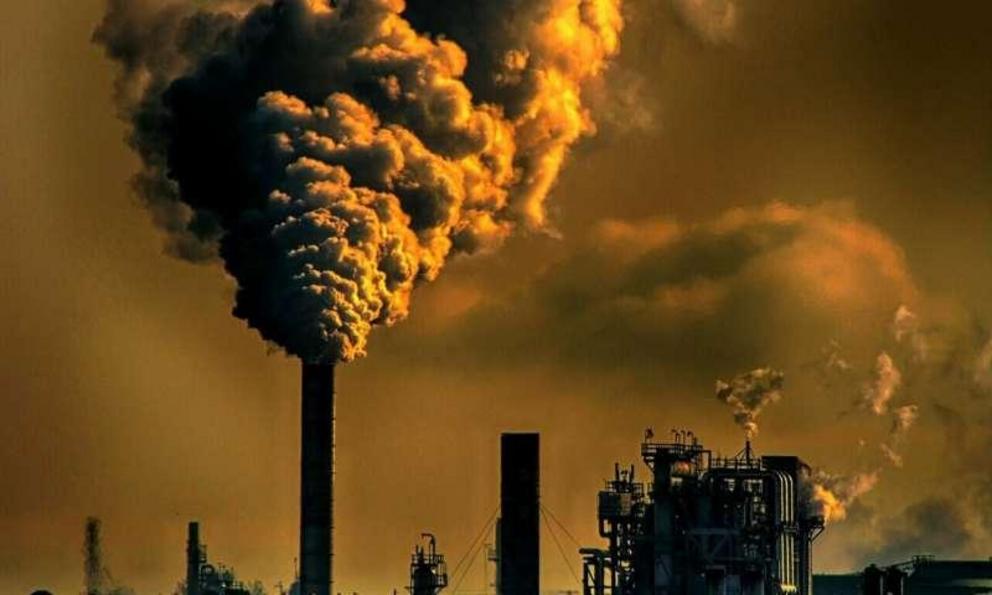Study suggests humans are now producing more chemical waste than can be tested
A team of researchers with members affiliated with several institutions in the U.K. has found evidence that suggests humans are dumping more chemical waste into the environment than can be tested for its impact. In their paper published in Proceedings of the Royal Society B, the group describes their review of recent research surrounding the amounts and types of chemicals being dumped into ecosystems and what they found.
For many people, pollutants dumped into ecosystems evokes images of pipes pumping waste into rivers from large industrial complexes. But the actual picture is far more complex. Agricultural runoff is a major pollution problem, as are landfills leaking chemicals into water sources. There is also the growing problem of chemicals being washed down the drain in kitchen sinks and, perhaps worse, down bathroom shower drains and toilets. Humans produce thousands of chemicals and use them in wildly different ways—from chemicals to make our lawns grow to chemicals in birth control pills that show up in our urine. In this new effort, the researchers claim that the world now collectively dumps more chemicals into the natural environment than can be tested—and because of that, we really do not know what damage it may be causing.
In their review, the researchers focused mainly on endocrine disrupting chemicals, which include PCBs from plastics and drugs such as antidepressants and birth control pills. Such chemicals are known to disrupt reproduction in marine animals. As one example, they note that a pod of killer whales living off the coast of Scotland has not produced a calf in at least 25 years—one female washed ashore was tested, and researchers found levels of PCBs 100 times higher than the dose considered toxic.
What most concerns the researchers is the rate at which new chemicals are being introduced and used and which eventually wind up in natural ecosystems, which is so high that there is no way to test their impact. We may be flushing chemicals into the ocean right now that could potentially kill off most if not all marine animals, and not even know it. They conclude by suggesting that more work is required to investigate the problem and to look for ways to address it.
More information: H. Charles J. Godfray et al. A restatement of the natural science evidence base on the effects of endocrine disrupting chemicals on wildlife, Proceedings of the Royal Society B: Biological Sciences (2019). DOI: 10.1098/rspb.2018.2416
Journal reference: Proceedings of the Royal Society B

